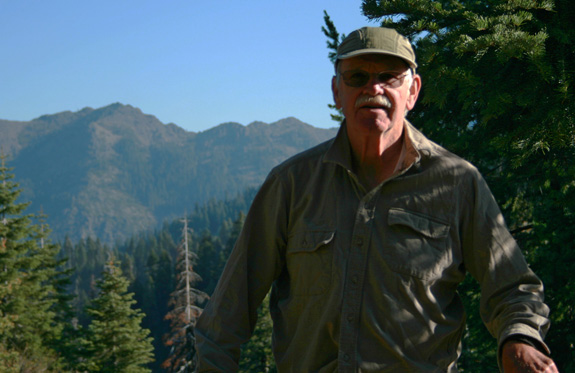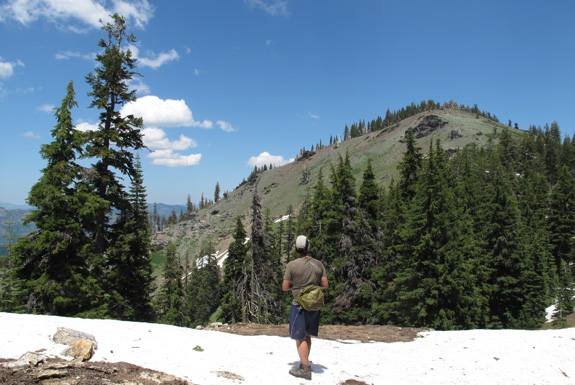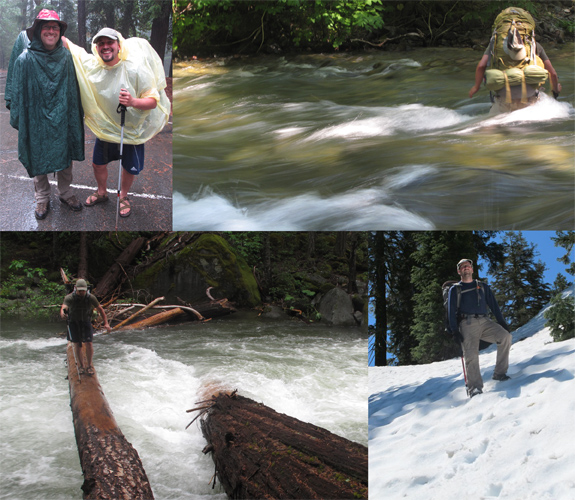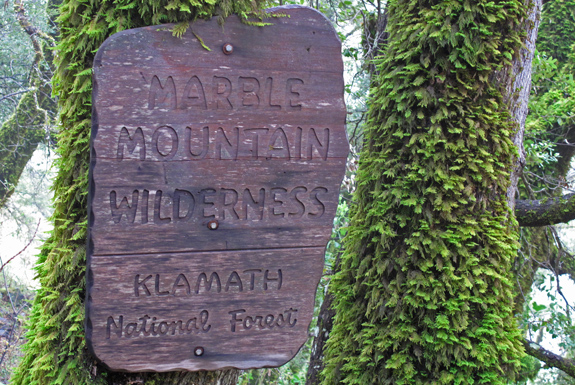Original Publication DATE: 9/9/2012
This story also appeared in EcoNews and Darlingtonia.
Dancing with raindrops from car to porch on any number of oft-spectacular Humboldt Bay days, I was hungry for a lunch date. As I shook my hands dry, the push of a bell initiated the shuffle of feet, a crack of the door—and soon after—a long, sincere, chuckle. The opening door revealed a smile to go with the laughter. It was the same way every time, and I always loved it. John’s spirit was contagious and he always brightened my day.




